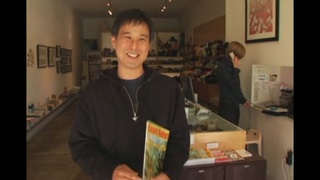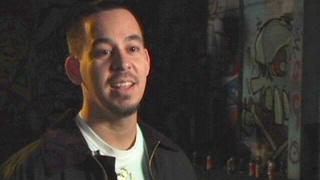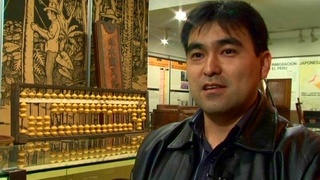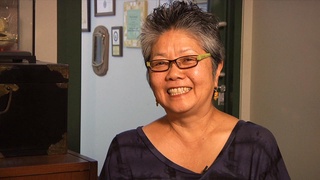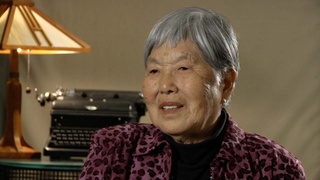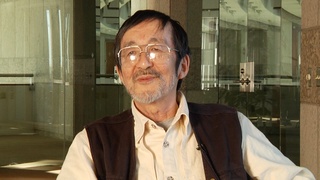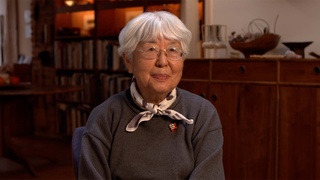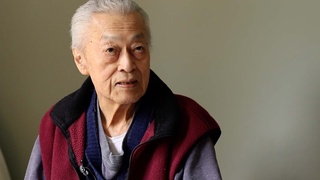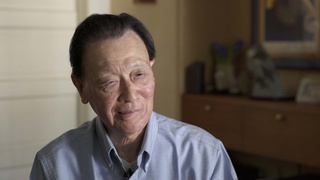Entrevistas
“Eu fiz o que queria fazer”
Eu fiz o que queria fazer. É por isso que as pessoas dizem, bem, ele é um cara feliz pelo tipo de arte que faz. Sim, porque não me arrependo.
Você tem, você não quer ter a minha idade e dizer, você sabe, eu deveria ter feito isso, eu deveria, eu deveria ter feito pintura. Porque para onde isso está levando? Se você pensar bem e estiver em San Bernardino, sabe, acabei de sair do acampamento e quer ser um artista? Como em algumas famílias, isso pode fazer sentido, mas eu estava brincando lá.
Mas isso não faz sentido na minha família. Ninguém pensou em arte, ninguém toca instrumento, ninguém – então, por que me tornei isso, não sei, mas estou feliz por ter feito isso. Porque vamos passar por isso, como eu disse, o que quer que aconteça a seguir, acontecerá a seguir, você não tem controle sobre isso. Mas isso eu tenho controle e é meu.
Data: 8 de setembro de 2011
Localização Geográfica: Califórnia, Estados Unidos
Entrevistado: John Esaki, Kris Kuramitsu
País: Watase Media Arts Center, Museu Nacional Nipo-Americano

